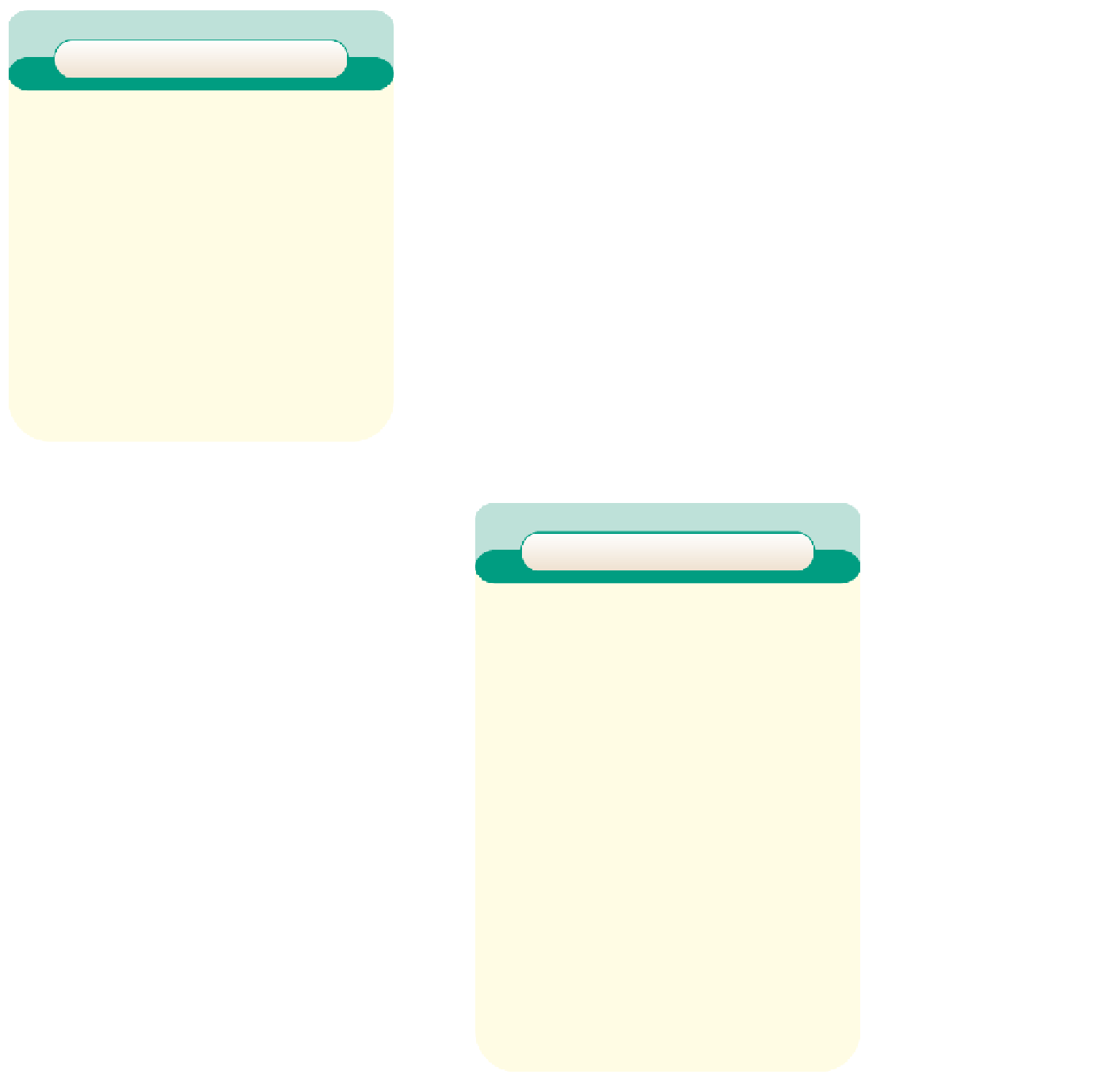Environmental Engineering Reference
In-Depth Information
will need the world's entire reliable flow of river water
just to dilute and transport the wastes we produce.
One potential solution is to ban the discharge of
industrial toxic wastes into municipal sewer systems.
Another is to rely more on waterless composting toilets
that convert human fecal matter into a small amount of
dry and odorless soil-like humus material that can be
removed from a composting chamber every year or so
and returned to the soil as fertilizer. They work. I used
one for 15 years without any problems.
We can also return the nutrient-rich sludge pro-
duced by conventional waste treatment plants to the
soil as a fertilizer. Banning the input of toxic industrial
chemicals into sewage treatment plants will make this
feasible.
Solutions
Reducing Irrigation Water Waste
• Lining canals bring water to irrigation ditches
• Leveling fields with lasers
• Irrigating at night to reduce evaporation
• Using soil and satellite sensors and computer
systems to monitor soil moisture and add water
only when necessary
• Polyculture
• Organic farming
• Growing water-efficient crops using drought-
resistant and salt-tolerant crop varieties
Solutions: Using Water More Sustainably
We can use water more sustainably by cutting waste,
raising water prices, preserving forests in water
basins, and slowing population growth.
Sustainable water use is based on the commonsense
principle stated in an old Inca proverb: “The frog does
• Irrigating with treated urban waste water
• Importing water-intensive crops and meat
Figure 11-18
Solutions:
methods for reducing water waste in
irrigation.
Critical thinking: which two of these solutions do you
believe are the most important?
Solutions
Reducing Water Waste
Solutions: Wasting Less Water in Industry,
Homes, and Businesses
We can save water by changing to yard plants that
need little water, using drip irrigation, raising water
prices, fixing leaks, and using water-saving toilets and
other appliances.
Figure 11-19 lists ways to use water more efficiently in
industries, homes, and businesses. Many homeowners
and businesses in water-short areas are replacing green
lawns with vegetation adapted to a dry climate. This
win-win approach, called
xeriscaping
(pronounced
“ZER-i-scaping”), reduces water use by 30-85% and
sharply reduces inputs of labor, fertilizer, and fuel. It
also reduces polluted runoff, air pollution, and yard
wastes.
About one-fifth of all U.S. public water systems do
not have water meters and charge a single low rate for
almost unlimited use of high-quality water. In Boulder,
Colorado, introducing water meters reduced water use
by more than one-third. Many apartment dwellers
have little incentive to conserve water because water
use is included in their rent.
We can also save water by replacing the current
system in which we use large amounts of water good
enough to drink to dilute and wash or flush away
industrial, animal, and household wastes with one that
mimics the way nature deals with wastes. According to
the FAO, if current trends continue, within 40 years we
• Redesign manufacturing processes
• Landscape yards with plants that require
little water
• Use drip irrigation
• Fix water leaks
• Use water meters and charge for all municipal
water use
• Raise water prices
• Use waterless composting toilets
• Require water conservation in water-short cities
• Use water-saving toilets, showerheads, and front-
loading clothes washers
• Collect and reuse household water to irrigate
lawns and nonedible plants
• Purify and reuse water for houses, apartments,
and office buildings
Figure 11-19
Solutions:
methods of reducing water waste in
industries, homes, and businesses.
Critical thinking: which two
of these solutions do you believe are the most important?


